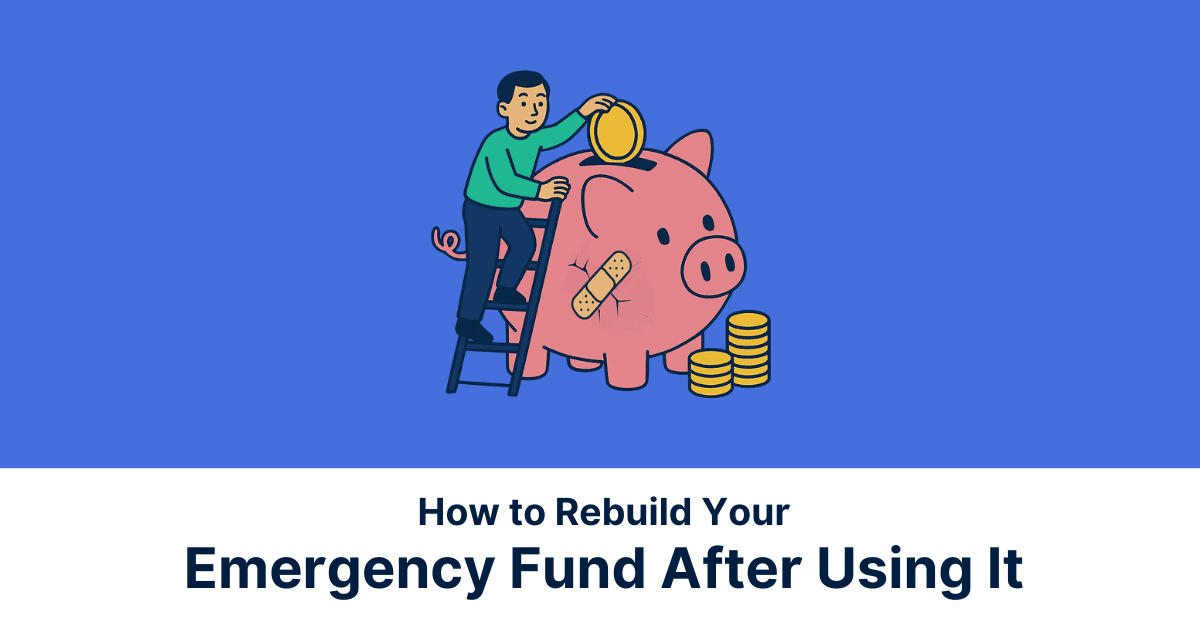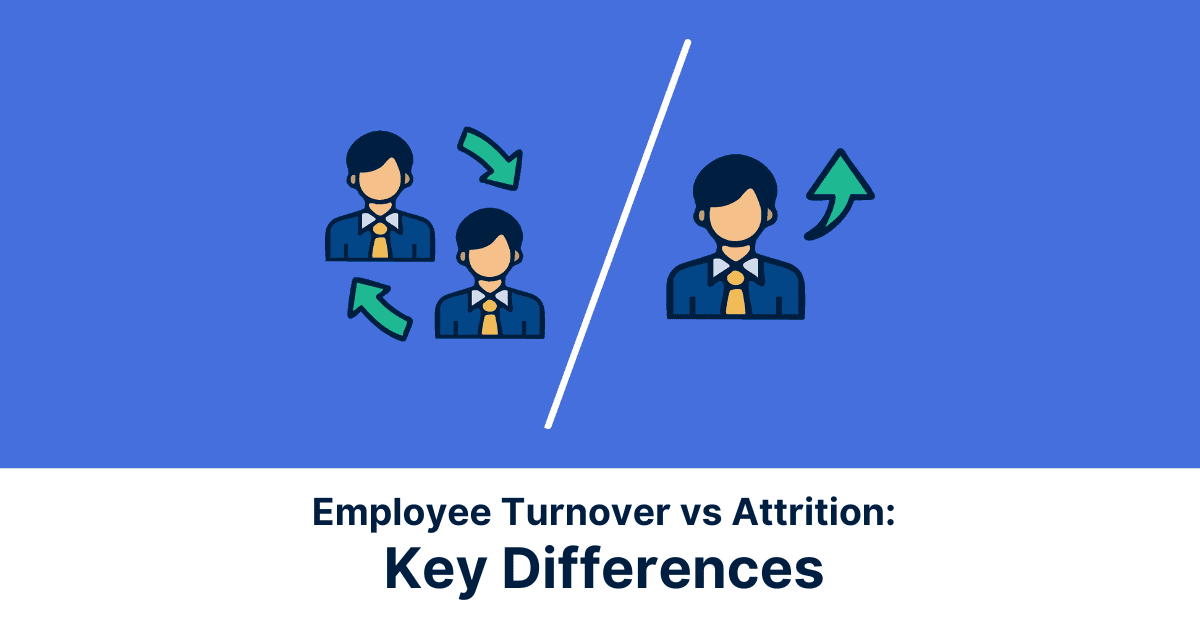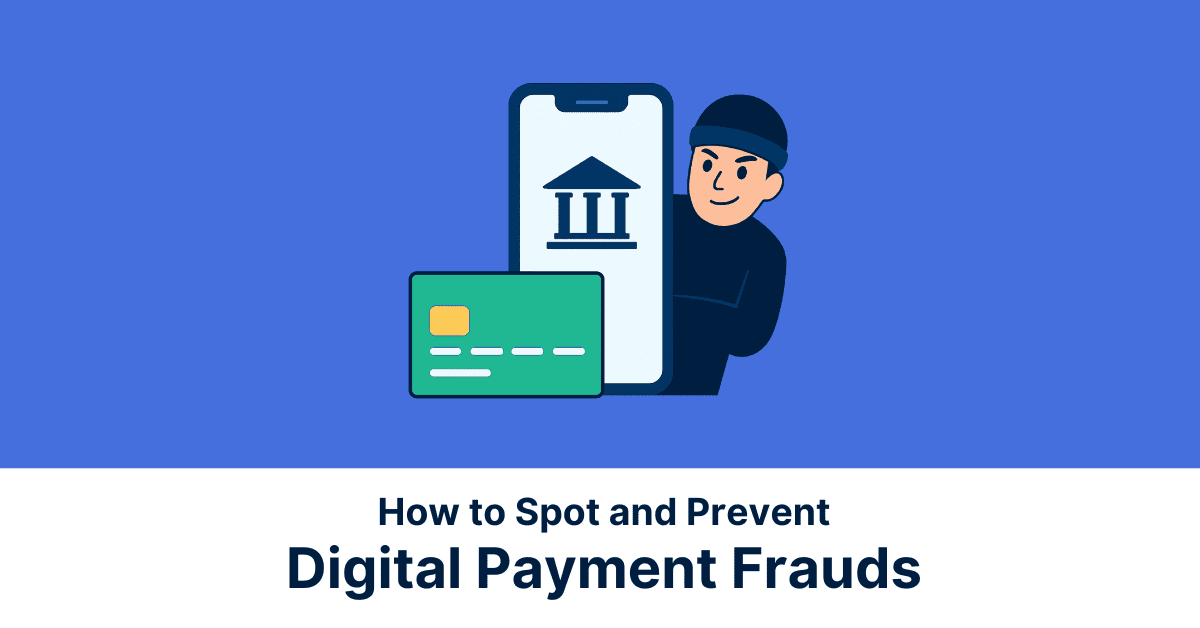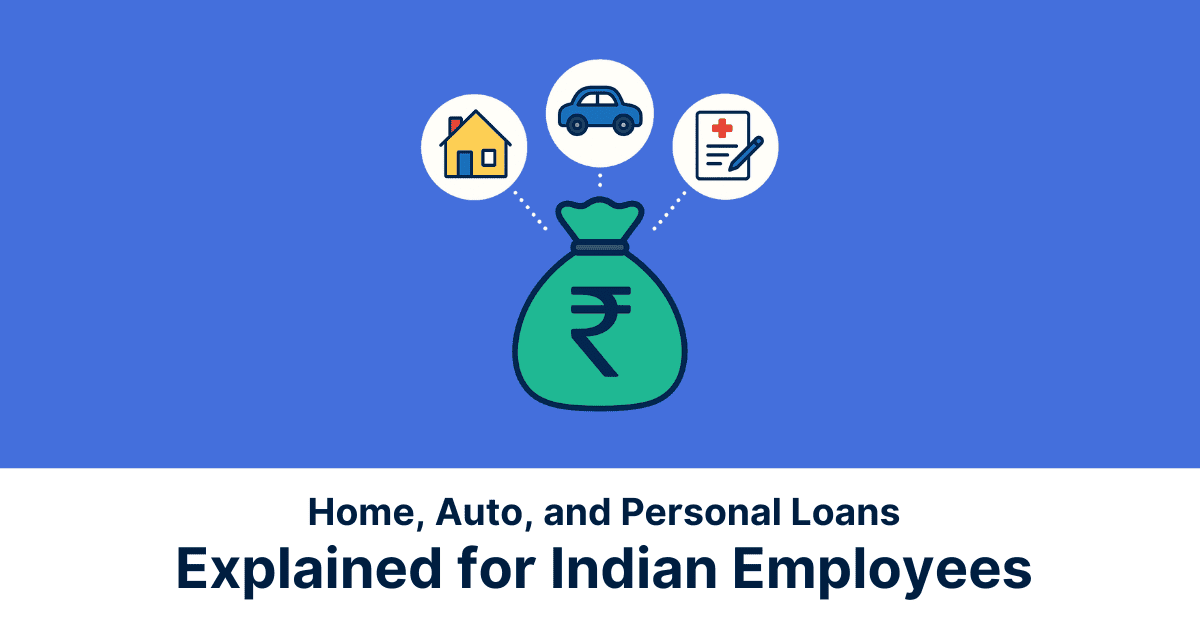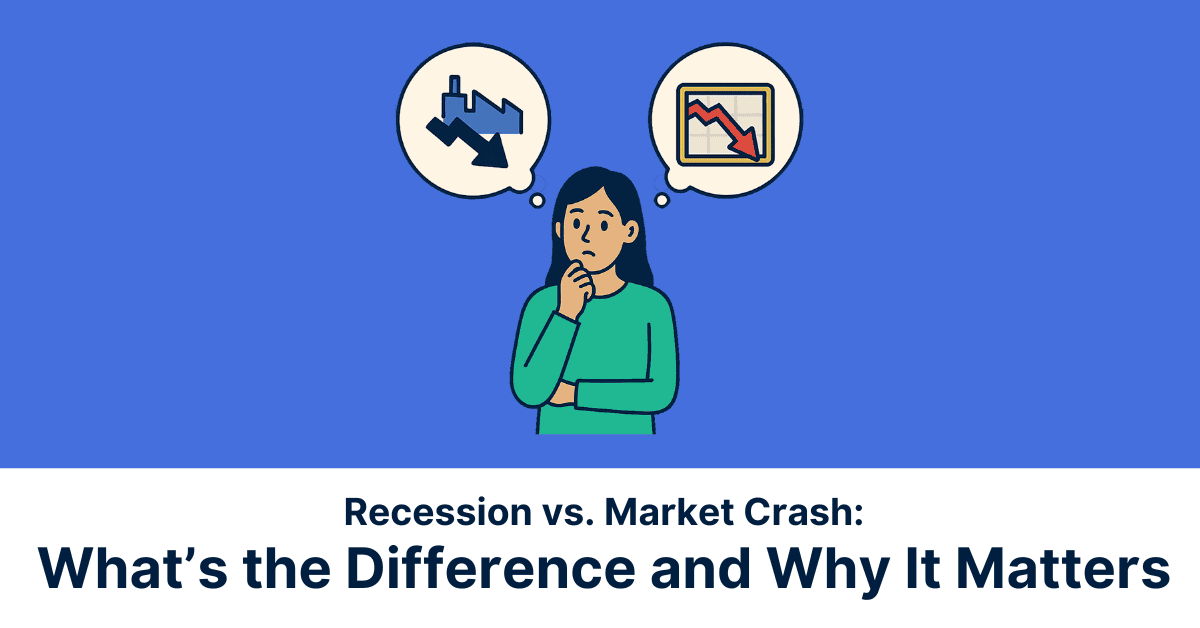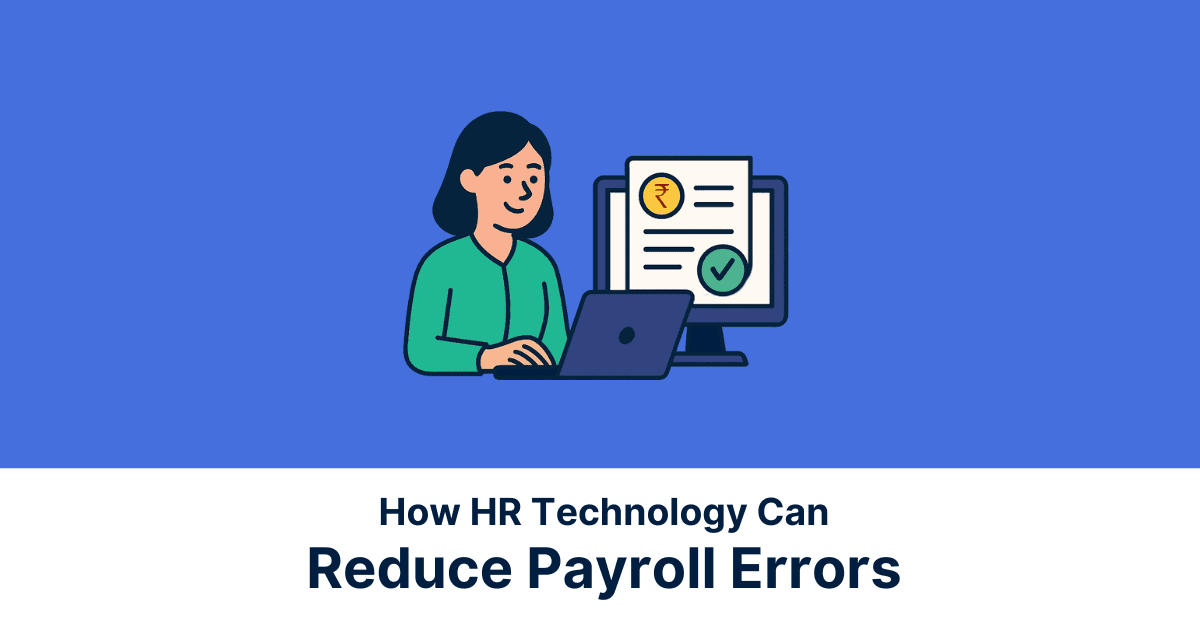An emergency fund is your financial safety net, ready for life’s unexpected blows like medical issues or job loss. Using it during crises is often necessary. Shockingly, many Indians are just one medical bill away from poverty.
A Public Health Foundation of India study shows about 55 million Indians fall into poverty yearly due to healthcare costs. Whether you used your fund for a car, home, or health, the main focus should be on rebuilding it. Let’s read on to explore how you can intentionally rebuild your emergency savings.
Why Rebuilding an Emergency Fund Should Be a Priority
Rebuilding your emergency fund after a crisis isn’t just smart, it’s essential. Emergency savings serve as a financial buffer, protecting you from falling into debt when life throws unexpected challenges your way. Having that cushion allows you to respond confidently rather than panic. After using your fund, the sense of security it once provided can feel lost, which can create ongoing stress and uncertainty.
Doing this restores one’s peace of mind and reinforces financial independence, so you’re not relying on credit cards or loans to get by. It also prepares you for the next curveball, because life doesn’t stop being unpredictable. Prioritising your emergency fund means choosing long-term stability over short-term comfort. It’s a commitment to your well-being and a safeguard that helps you move forward from a crisis.
Step 1: Review Your Current Financial Standing
Recalculate Your Post-Crisis Budget
After using your emergency fund, your financial situation has likely shifted. Start by reviewing your income, has it decreased due to a job loss or medical leave? Next, account for any new or increased expenses caused by the crisis, such as medical bills, repair costs, or temporary accommodations. Once you’ve added up your current financial obligations, update your monthly budget to reflect this new reality.
Prioritise essentials such as rent or mortgage, utilities, groceries, and debt payments. This updated budget becomes your roadmap, showing exactly how much flexibility you have each month to begin rebuilding your emergency fund. It’s also a good way to regain control, turning uncertainty into clarity, and stress into structure.
Identify Areas to Trim
To rebuild your emergency fund faster, look for small, non-essential expenses you can cut back on without feeling deprived. This might include pausing or cancelling streaming subscriptions, limiting how often you order takeout, or skipping premium upgrades on apps and services. You don’t have to cut these out forever, just long enough to redirect those funds toward your savings goal.
Even small adjustments, like making coffee at home or packing lunches, can add up over a few months. The idea isn’t to strip your lifestyle bare, but to make smart, temporary sacrifices that free up cash. Every rupee saved is a rupee that gets you closer to peace of mind. When your fund is rebuilt, you can reintroduce these comforts, knowing you’ve strengthened your financial foundation.
Step 2: Set a New Emergency Fund Goal
Start Small if Needed
Rebuilding your emergency fund can feel overwhelming, especially after a financial crisis. But remember, you don’t need to hit a massive target overnight. Starting small, even with ₹5,000 a month, can set the wheels in motion. What matters most is consistency. Regular savings even in small amounts build both habit and confidence. As you gradually adjust to your new financial rhythm, these small contributions add up faster than you’d expect.
Seeing your fund grow, even slowly, creates a sense of control and security. If you’re hesitant to save because you can’t put away a large sum, shift your mindset: every rupee saved is progress. The goal is to begin, your future self will thank you for every step you take today.
Break It Into Monthly Targets
Instead of aiming straight for six months’ worth of expenses, break your emergency fund goal into smaller, more achievable stages. Start by saving enough to cover one month of essentials, think housing, utilities, groceries, and transportation. Once you reach that milestone, aim for three months, and eventually six.
This step-by-step approach not only makes the goal feel more attainable but also gives you motivation with each milestone reached. Monthly targets also help you adjust as your income and expenses change. For example, if you save ₹10,000 each month, you’ll have ₹30,000 in three months, enough to cover a month’s worth of expenses for many people. Tracking these smaller goals can keep you focused, celebrate progress along the way, and build resilience without the pressure of an all-or-nothing mindset.
Step 3: Use Smart Saving Strategies to Rebuild
Automate a Fixed Monthly Transfer
Automating your savings is one of the smartest and simplest ways to rebuild your emergency fund. Set up an auto-debit or a Systematic Investment Plan (SIP) that transfers a fixed amount from your primary account into a separate savings or liquid fund every month. Treat it like a non-negotiable bill, just as essential as rent or groceries.
By automating the process, you eliminate the need to make a decision each month, reducing the risk of skipping it or spending that money elsewhere. A dedicated account also ensures you don’t accidentally dip into your emergency fund for everyday expenses. Consistent deposits build a reliable safety net, even if they start small. It’s a set-it-and-forget-it strategy that steadily rebuilds your fund in the background while you focus on other financial priorities.
Divert Windfalls Immediately
Windfalls, like bonuses, tax refunds, incentives, or unexpected gifts, are golden opportunities to fast-track your emergency fund without affecting your regular budget. Since this money isn’t part of your monthly income, it’s easier to allocate a large portion of it directly toward savings.
For example, if you receive a year-end bonus or birthday gift, immediately transferring a percentage to your emergency fund helps build momentum quickly. You can still enjoy a small treat from the windfall, but directing the rest toward financial security creates long-term value. One tip is to act fast, before lifestyle upgrades or impulse spending eat into it. Creating a habit of funneling windfalls into your emergency fund gives you a head start on reaching your savings goal with minimal sacrifice to your lifestyle.
Round-Up or Micro-Savings Apps
Micro-saving tools allow you to grow your emergency fund painlessly by rounding up small transactions. When you buy something for ₹143, the app rounds it up to ₹150 and saves the ₹7 difference. These apps operate in the background, turning everyday spending into effortless saving. Over weeks and months, these tiny bits accumulate into a substantial backup fund, without you having to budget or think about it actively.
Many of these platforms also allow you to set daily or weekly auto-save goals, offering gamified incentives to keep the habit going. They’re ideal for anyone who feels overwhelmed by saving large amounts or struggles with discipline. It’s a passive yet powerful tool to rebuild your emergency fund with virtually no impact on your monthly cash flow.
Take Up Short-Term Gigs or Freelancing
If you have extra time or skills, picking up short-term work or freelancing can accelerate your emergency fund rebuild. Freelancing platforms or even social media can connect you to opportunities like online tutoring, writing, design, voiceovers, or selling digital products. Even weekend gigs, like event support or baking orders can make a big difference. Use the income earned specifically for your emergency fund, and you’ll be surprised at how quickly it grows.
The added benefit? These side hustles can help you discover or sharpen valuable skills, open up new income streams, and give you a sense of control during uncertain times. The work doesn’t have to be long-term, it just needs to be focused and purposeful until your safety net is rebuilt.
Step 4: Keep Your Emergency Fund Separate and Visible
Label the Account Clearly
A simple but effective psychological trick to protect your emergency fund is to name the account with intention. Instead of using a generic label like “Savings,” rename it to something clear and purpose-driven like “Emergency Only,” “Rainy Day Fund,” or “In Case of Crisis.” This small change creates a mental barrier that makes you think twice before dipping into it for non-emergency reasons.
It reinforces the purpose of the money and reminds you that it’s not for everyday expenses, impulse buys, or weekend getaways. Many banking apps and digital wallets now allow you to assign custom names to your savings goals, taking full advantage of that feature. When your account name reflects its true purpose, it becomes easier to stay disciplined and committed to your financial safety net.
Use Banking Automation Features
Most Indian banking apps and digital wallets now come equipped with features that help automate and gamify your savings. Apps allow you to set up recurring transfers, define savings goals, and even track your progress visually. Use these tools to your advantage, set a fixed date for monthly transfers into your emergency fund, create goal-based savings targets, and opt for notifications to keep you on track. Some apps also offer “Save the Change” or auto-round-up features that automatically stash your spare change.
By enabling these automation features, you remove the need to remember or manually move money each time. This streamlines the process, builds consistency, and reinforces saving as a routine part of your financial life, making it easier to rebuild your fund without daily effort.
Step 5: Stay Consistent and Motivate Yourself
Track and Celebrate Milestones
Rebuilding your emergency fund isn’t just about discipline, it’s also about motivation. Break the journey into achievable milestones like ₹10,000, ₹25,000, or ₹50,000, and celebrate when you hit each one. These small wins keep you emotionally invested and help maintain momentum.
Your rewards don’t need to be expensive, something simple like a nice meal, a guilt-free coffee, or a personal treat can make the process more enjoyable. Tracking progress visually (via an app or even a savings chart on your fridge) gives you a sense of accomplishment and makes your goal feel real and reachable.
Review Fund Size Annually
Your emergency fund isn’t a one-and-done goal, it should grow and evolve along with your life. Over time, your financial responsibilities will likely change; whether it’s a higher rent, additional family members, increased healthcare costs, or a new car loan. That’s why it’s important to review your emergency fund at least once a year or after any major life change like a job switch, relocation, marriage, or starting a family.
Ask yourself: “If an emergency hit today, would my current fund cover at least 3 to 6 months of my new expenses?” If the answer is no, it’s time to increase your target. A stagnant emergency fund can create a false sense of security. Adjusting the amount makes sure that your safety net remains realistic, capable of supporting you during unforeseen situations, so you’re not caught off guard when life takes a turn.
Final Take
Set specific rules for when taking from your emergency fund is truly necessary. While not every unexpected cost warrants its use, aim for consistency in your definition of an emergency.
Rebuilding your emergency fund isn’t about achieving perfection overnight; it’s about making steady progress and cultivating long-term peace of mind. Every contribution, no matter the size, brings you closer to financial security and the confidence to weather future storms. Don’t let the size of the task overwhelm you. Start with your next paycheck.
Take control of your finances with Jify today. Gain valuable insights to optimise your budget and set up a dedicated fund to track your emergency savings progress every step of the way.
Disclaimer: The information provided in this article is generic and for informational purposes only. It is not a substitute for specific advice in your circumstances. Hence, you are advised to consult your financial advisor before making any financial decision.
